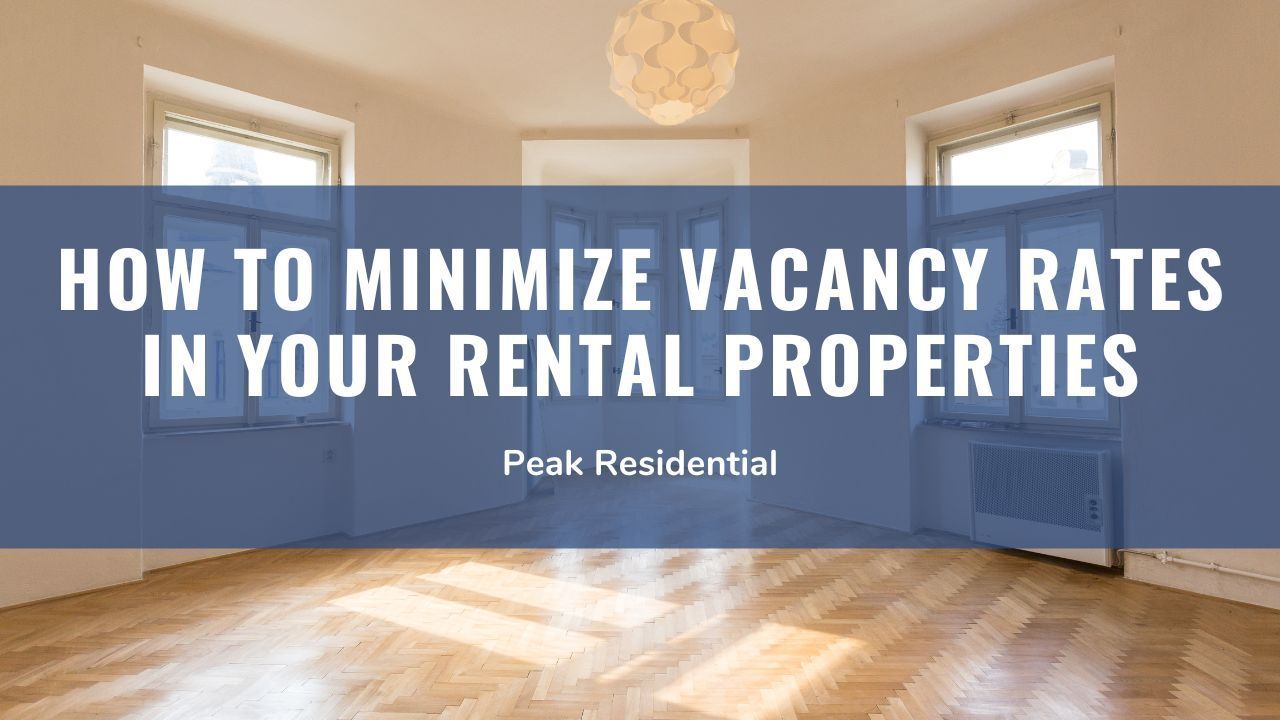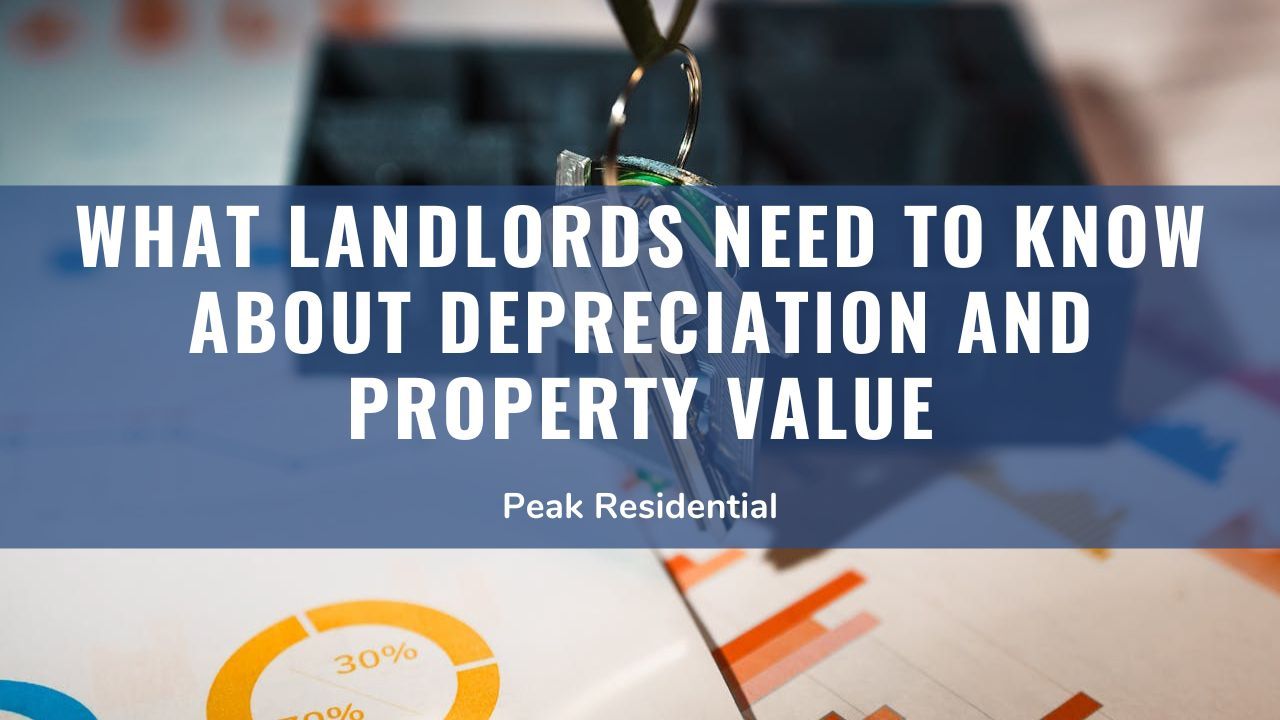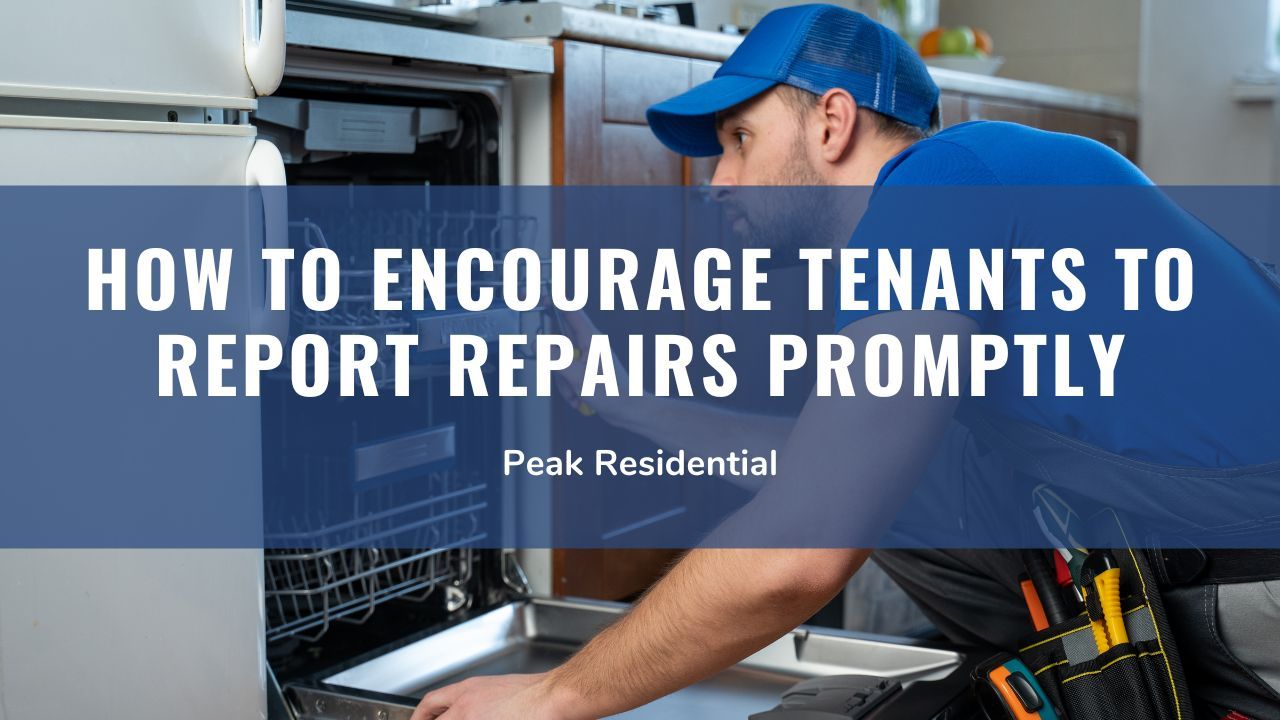Guide to Making a Solid Lease Agreement for Your Rental Property
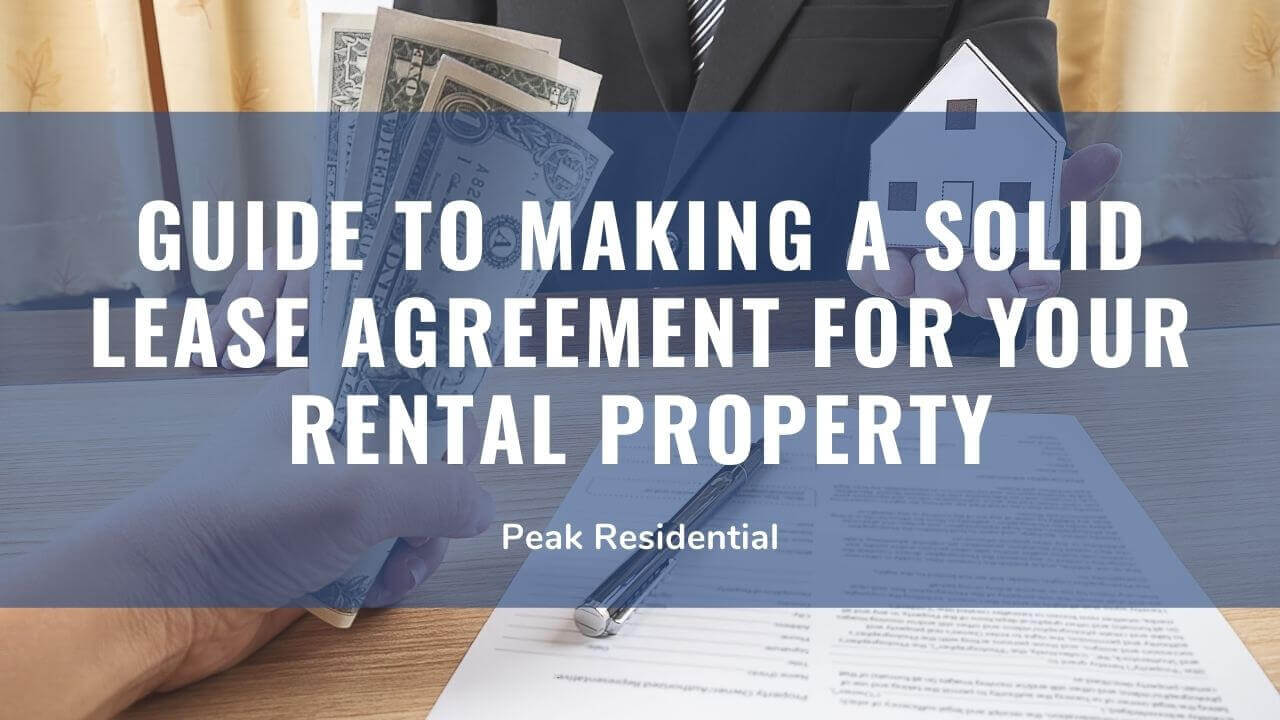
A lease is a document that specifies all the details of an agreement between a tenant and a landlord. A lease can protect the interests of both parties when conflicts arise, so crafting a clear lease can reduce the disputes.
Crafting a lease is also an important part of getting your property rent ready, as a lease can also be referred to as a guide in case of confusion. Generally, leasing agreements outline the responsibilities of a landlord and tenant, property policies and clauses.
The lease also describes all the terms and conditions of the agreement, especially the issue on rent payment and reporting a property maintenance concern. A well-made lease is specific, clear and resolves property issues.
With this in mind, crafting a solid lease agreement is an incredibly important part of running a successful rental property, which is why we at Peak Residential have put together this article.
Crafting a Lease Agreement

Drafting a lease takes expertise and experience. A landlord needs to be well-versed with current and updated laws and regulations, which can be a challenge for new landlords. Which is why it is a clever idea to use a template or work with a legal professional.
Another great possibility is contacting a property management company that can also provide useful tips in managing your rental home in addition to crafting a sound lease.
Benefit from a Lease Agreement
Having a solid lease agreement has many advantages. For one, your tenants can simply pick up their contract copy and review the property policies instead of regularly contacting you for clarification of any details.
Additionally, if there is a situation involving a court, the lease agreement can be used to defend your interests. If you have any questions regarding this, please contact us today, one of our property managers will be happy to help!
Consider the Important Clauses
Leasing agreements may differ from one to another depending on their clauses. But there are basic similarities contained in each one.
Here are some that appear regularly in all leasing contracts:
Rent Due Date
To avoid confusion, the lease agreement must include the full date. Also, it must be specific: so, include the month, day, and year. This will make it clear to your tenant exactly when you expect the rent.
Rent Value
Include the exact amount of the rent in figures and words for clarity. If a tenant needs to pay additional fees, they must be categorized under a separate heading.
Lease Duration
To safeguard your interests as a landlord, it’s a good idea to specify the lease period. It must contain the start and end date in full. Otherwise, the renter can take advantage of generic and vague terms such as one year.
Signatures
Including the signatures formally signifies completion of the leasing contract as a mutual understanding has been reached. It means all parties are in full agreement to the terms and conditions. It is vital to place a date next to the signatures.

Covering Every Policy
The policies of a rental property may differ depending on the landlord. Clauses, on one hand, are created to adhere to State habitability laws and often closely match with other leases.
The following conditions appear commonly on rental leases:
Subletting Your Rental
If you do not have a subletting clause, your renters may take in other renters to split the overall rent cost. If you are particular about the number of tenants in your rental and keen on knowing them, having a policy on subletting is necessary.
You can also offer an alternative to your current renter and allow them the freedom to sublet if your authority is sought through a written request.
Accessing Your Property
Each tenant is afforded the right to quiet enjoyment while staying in your rental home. So, accessing the rental must only be done in compliance with the law regardless of whether the access is for maintenance or otherwise.
Some of these instances are for property inspections and emergencies. Even then, a notice needs to be submitted to the tenant as mandated by the State law.
Responsibilities of the Tenant
Tenants should have certain responsibilities, including maintaining and caring for the property. As with every other aspect of the landlord-tenant relationship, these responsibilities should be clearly detailed in the lease agreement to avoid unfairly setting expectations.
Breaking the Lease
State landlord-tenant laws are specific regarding the allowed conditions when a tenant can break a lease. Reasons such as being on active military duty or being harassed by a landlord are acceptable. If a landlord permits additional reasons such as job relocation, it should be stated in the agreement.

Disclosing Important Information
Landlords are obliged under the habitability laws to disclose certain information, if applicable to their property, such as:
● Flood zone: Renters need to know at what time flooding is common to the specific area the property is in.
● Radon: Tenants must also be informed when radon gas is present to safeguard their health
● Bed Bugs: Occupants must be briefed that the rental has bed bugs including the proper handling of the situation and prevention of its occurrence.
● Lead-Based Paint: If your rental is constructed before 1978, you must notify the tenant regarding the presence of lead-based paint in your unit.
Bottom Line
The more detailed your leasing agreement, the less headaches you will be dealing with in the future. Carefully evaluate each term and condition for greater peace of mind. It may appear tedious to create a leasing agreement but the benefits are far-reaching.
If you have any questions, please don’t hesitate to contact us at Peak Residental!
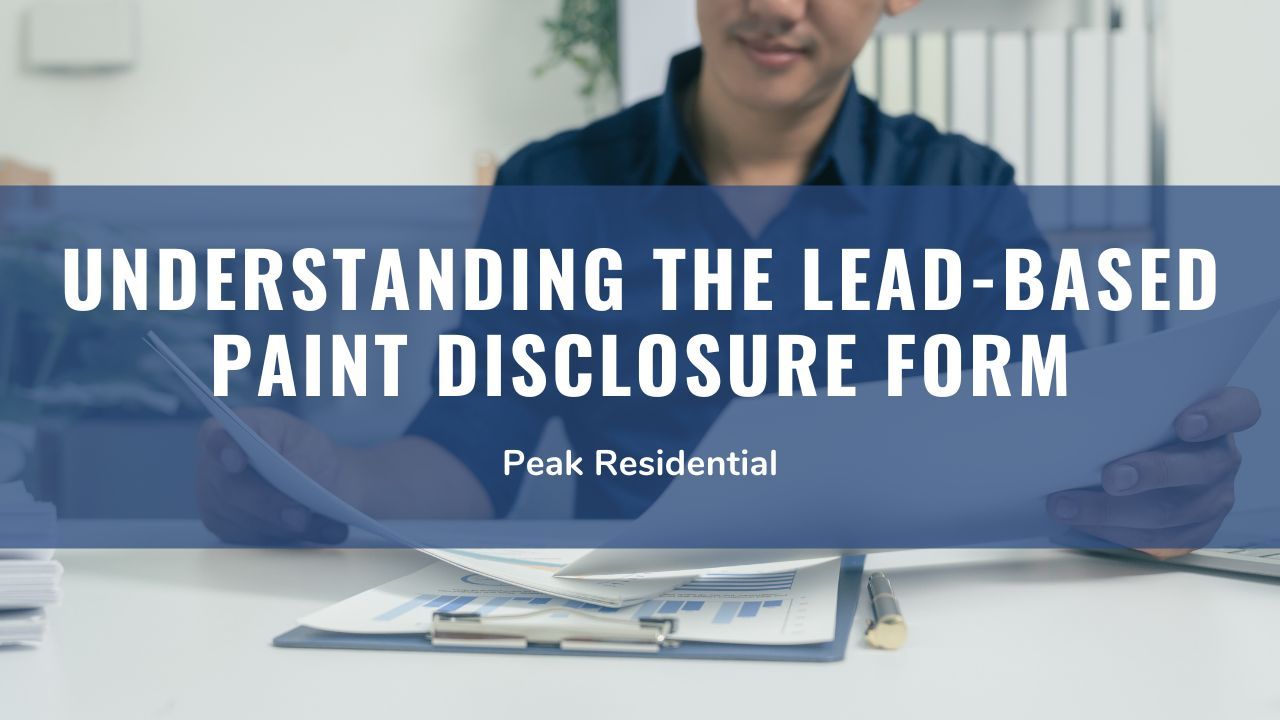
Peak Residential, Inc.
8:30am - 12pm & 1pm - 5pm Monday - Friday (Office Visit by Appointment Only
Sitemap | Privacy Policy | Accessibility | DRE Lic #02133123
© All Rights Reserved.
Peak Residential, Inc.



